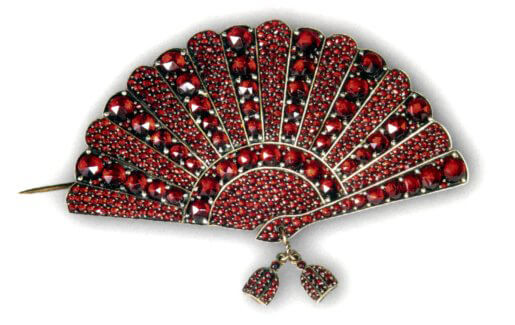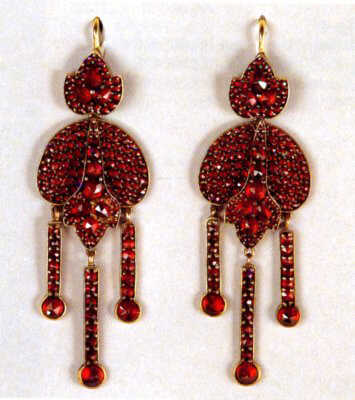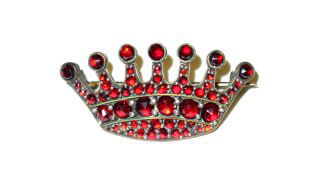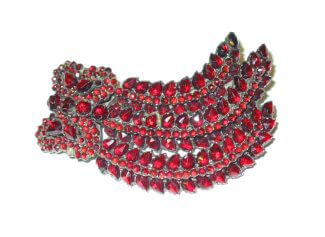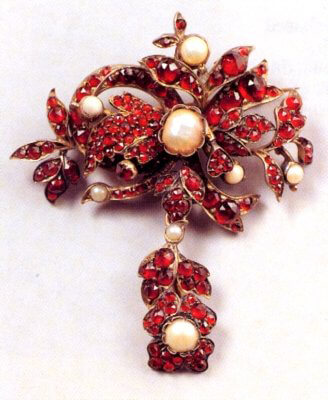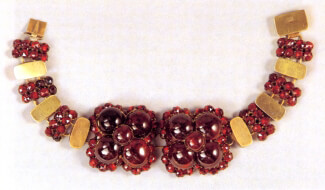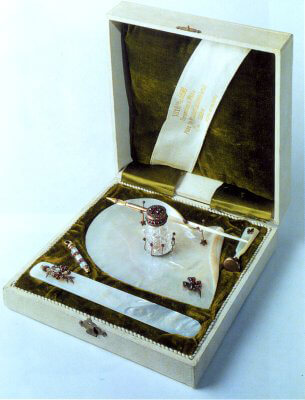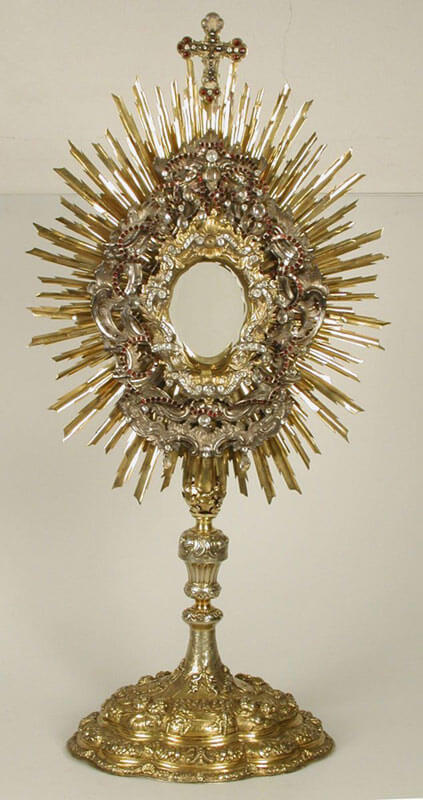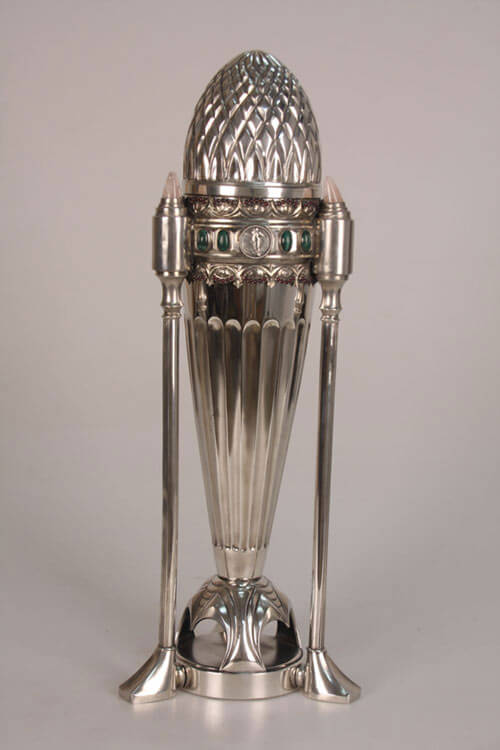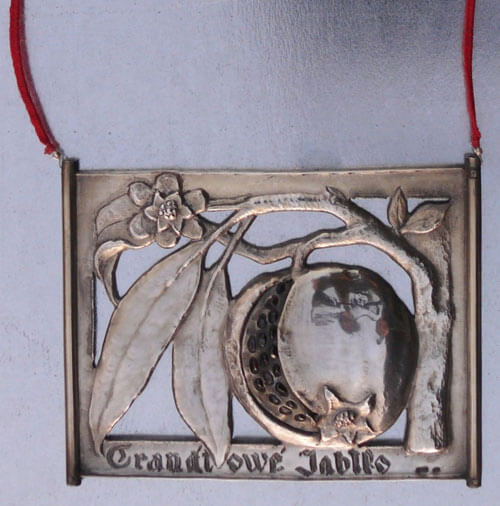Czech National Museum
Only a small part of the extensive anthropological collections of the National Museum is exhibited. (skeletal remains or cremains of more 20,000 people). The methods used by anthropologists for obtaining a picture of the people to whom the discovered bones belonged, are outlined in four sections. The first two sections demonstrate the two most important methods employed in the study of the skeletal remains – osteometry (measurement of bones) and osteomorphoscopy (description of bones) – by these means it is possible to determine sex, age and even the original appearance of the deceased.
The third section demonstrates special findings that led to the comparison of populations (or the investigation of relationships, which can even result in an individual identification of the person.) The fourth section is devoted to diseases that can be identified from a skeleton and to injuries the person did not survive or that, on the other hand, were successfully treated. Most of the exhibits come from archaeological excavations of early medieval sites, but there are also older findings; modern skeletal remains are exhibited only in exceptional cases.
Art Gallery: From the legacy of artist Ludmila Jiřincová to the National Museum
Exhibition of National Museum in the Chvaly Chateau
Location: Chvaly Chateau, Na Chvalské tvrzi 857, Praha 20 – Horní Počernice
A new exhibiton of the National Museum at the Chvaly Chateau in Prague – Horní Počernice
The Chvaly Chateau, a cultural monument in Horní Počernice, was originally built in the Gothic style with well-preserved, unique, keyhole-shaped loopholes. The castle was remodeled during the Renaissance and Baroque periods by Prague Jesuits. The Chateau is under the management of Prague City District 20 – Horní Počernice.
Long-term Exhibition of the National Museum:
In an Art Gallery (first floor)
– Replica of the Prague art studio of Ludmila Jiřincová, the “first lady of the Czech graphic arts”: historical furniture, paintings and personal items on display
– Gallery of Ludmila Jiřincová’s works and collections – graphics, illustrations, and unique historical artifacts.





